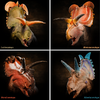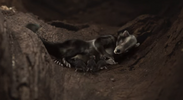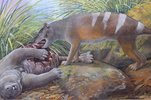- Thread starter
- #126
Good on you.I've just recently found out i can volunteer my time online and transcribe botany specimen data sheets from the sa museum so they have a digital record of them, it's very interesting to go through.
Follow along with the video below to see how to install our site as a web app on your home screen.
Note: This feature may not be available in some browsers.
LIVE: GWS Giants v Brisbane Lions - 7:30PM Sat
Squiggle tips Lions at 65% chance -- What's your tip? -- Team line-ups »
 BigFooty Tipping Notice Img
BigFooty Tipping Notice Img
Weekly Prize - Join Any Time - Tip Semi Finals
The Golden Ticket - MCG and Marvel Medallion Club tickets and Corporate Box tickets at the Gabba, MCG and Marvel.
 BigFooty AFLW Notice Img
BigFooty AFLW Notice Img
AFLW 2024 - Round 3 - Chat, game threads, injury lists, team lineups and more.
Good on you.I've just recently found out i can volunteer my time online and transcribe botany specimen data sheets from the sa museum so they have a digital record of them, it's very interesting to go through.

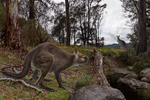

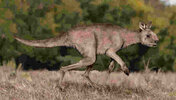
I had a similar feeling seeing the Triceratops MOV has. There was no place for large mammals such as ourselves with T-rex et al running around, lucky that big rock hit.Went to the Adelaide museum today, just seeing the T rex skull cast makes you wonder how crazy the earth was with these magnificent creatures roaming around.
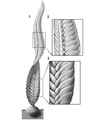

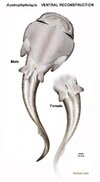
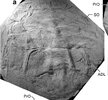

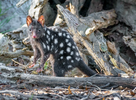


 theconversation.com
theconversation.com
Is he naming them after himself or Joh BjelkeAnother newly described Australian pterosaur, Haliskia peterseni. 100 million years ago the Eromunga sea was a popular location if you were a pterosaurs. This one is 22% complete, which is a lot for pterosaur.

100-million-year-old fossil find reveals huge flying reptile that patrolled Australia’s inland sea
In 2021 a former avocado farmer discovered the most complete pterosaur skeleton ever found in Australia – and new research shows it represents a previously unknown species.theconversation.com
My friend Peter is currently doing a reconstruction of one of our pterosaurs (forgotten which), the fossils tell an amazing story, the pterosaur has has been grabbed by an ichthyosaur. which in turn is bitten in half by a massive Kronosaur.
